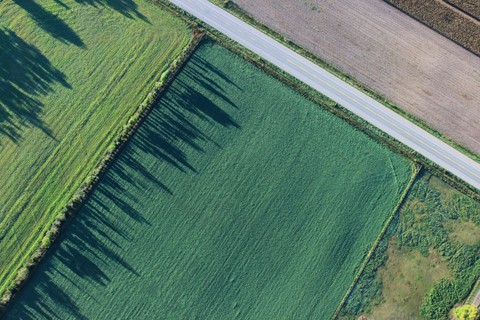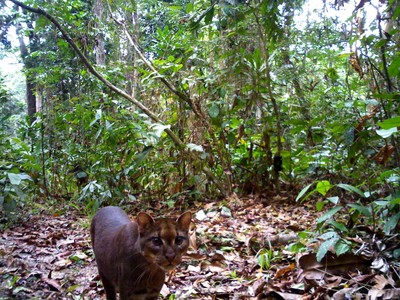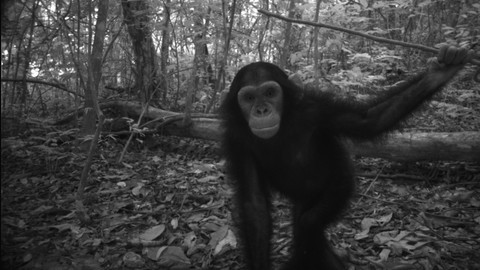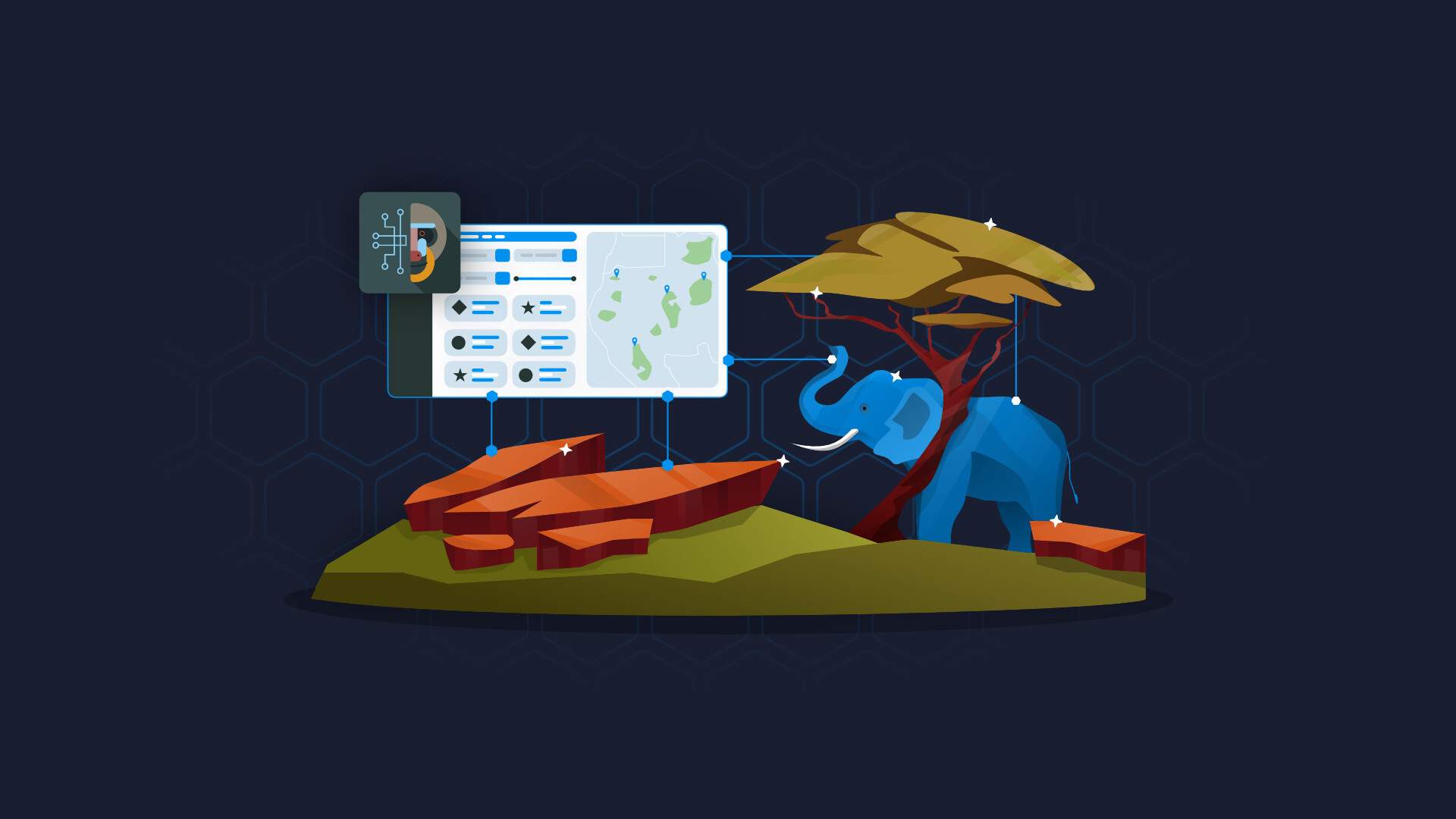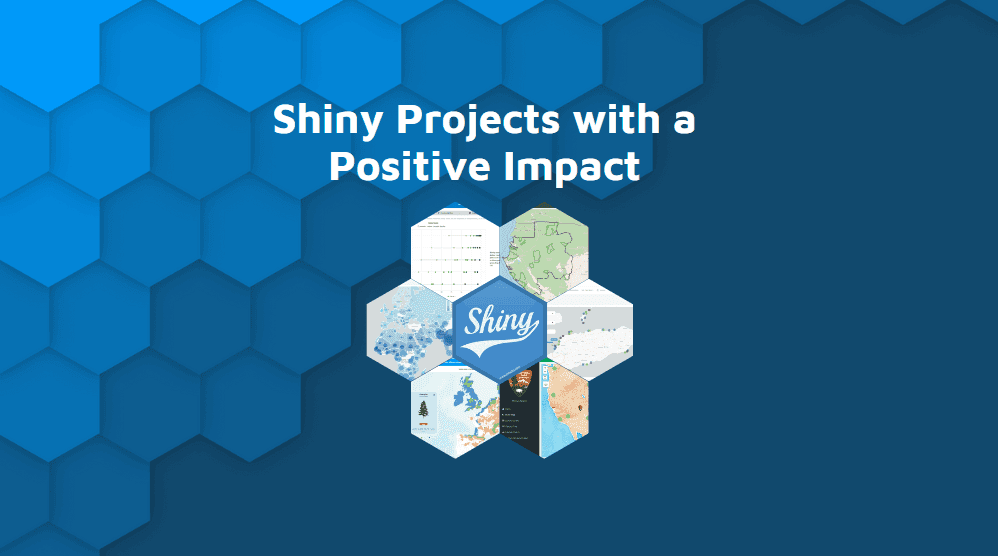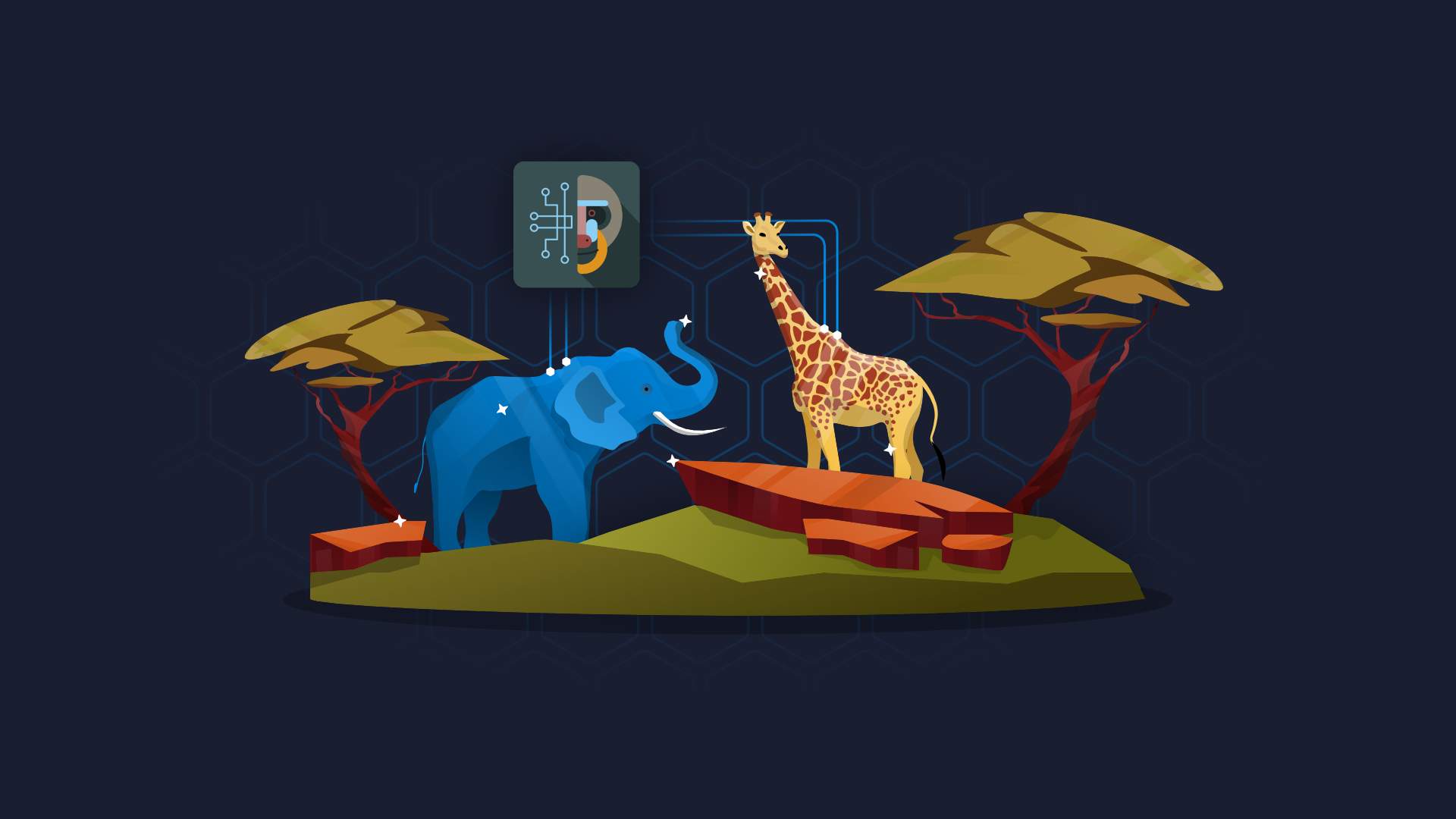
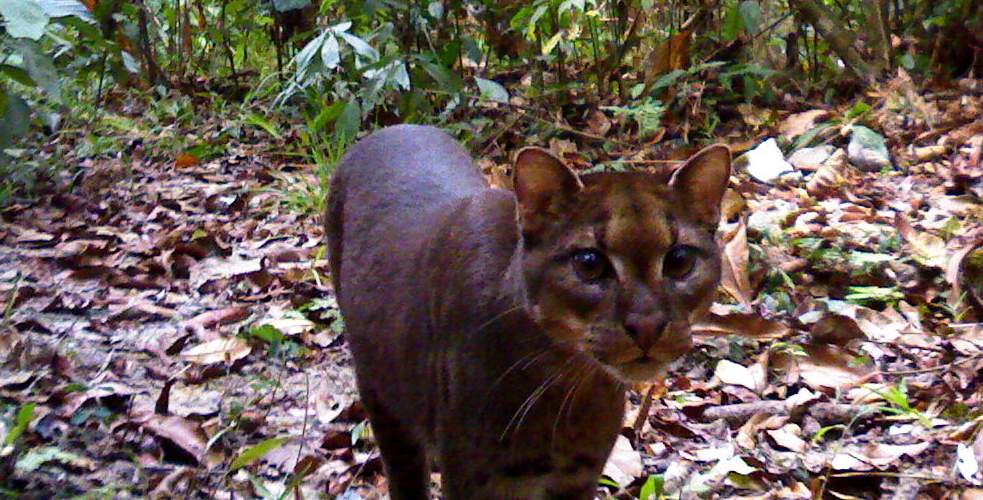
Applying AI to nature conservation – technology helping endangered animals and combating threats to biodiversity
May 22nd marks Biodiversity Day 2022. This year’s slogan, “building a shared future for all life” was chosen to continue building momentum for the UN’s Post-2020 Global Biodiversity Framework, which sets out an ambitious plan for transforming society’s relationship with biodiversity.
The importance of biodiversity in addressing sustainable development challenges cannot be overlooked. Offering nature-based solutions to issues around climate, health, food and water security, and sustainable livelihoods, biodiversity is a foundation upon which much-needed changes can be made.
But biodiversity is under threat. According to Robert Watson, chairman of the Intergovernmental Science-Policy Platform on Biodiversity and Ecosystem Services (IPBES), “we are losing species a thousand times faster than the natural rate of extinction. We will see mass extinctions that undermine human well-being.”
Put simply, we are on the verge of the sixth mass extinction event in the history of our planet, and without biodiversity, our days as a species are numbered. Action is needed now to counter the threat to biodiversity and restore some semblance of the natural order in line with plans laid out in the UN’s framework. Mindful of this, Appsilon is committed to helping the planet. We believe the solution may lie in the application of Artificial Intelligence (AI) and Machine Learning (ML) technology.
Challenges to humanity
Climate change, and the unsustainable use of land, water, and energy mean biodiversity is vanishing at an alarming rate. The expansion of agriculture, in particular, has put the planet on “crisis footing”, according to a report from the United Nations Convention to Combat Desertification (UNCCD).
The WWF’s Living Planet Report expands on this, revealing that 30 percent of all land that sustains biodiversity has been converted for the production of food. What’s more, agriculture is responsible for 80 percent of global deforestation and accounting for 70 percent of freshwater use, significantly altering the habitats of several species around the globe. As a result, the IPBES reports that 28 percent of the species it assessed across Europe and Central Asia face extinction.
And it’s not just wildlife that’s under threat. Another IPBES assessment found that land degradation has reached a critical level. Global crop yields are expected to fall by 10 percent over the next 30 years, threatening the livelihood of more than three billion people.
Findings like these support Appsilon’s belief that such issues will become the primary challenges to humanity in the decades to come, and as such, were the inspiration for our Data for Good program. Our team has significant expertise in interactive data visualization, machine learning, and developing AI solutions – technologies we’ve decided to put to work in resolving the world’s most pressing challenges.
Why AI?
Let’s consider how AI can be used in preserving biodiversity. According to a recent report from Wildlabs.net, AI is one of the top three emerging technologies for conservation. Camera trap imaging, for example – automatic photography of animal species in the wild – is becoming the gold standard in biodiversity conservation, allowing large swathes of land to be monitored accurately at an unprecedented scale.
Hypothetically, we’re able to capture an unlimited amount of picture data. We have the technology; enough photo traps left in the wilderness for a couple of months will gather hundreds of thousands of pictures. Humans, however, simply don’t have the capacity to process this data quickly and accurately enough for it to be of any use. And even if we could analyze such a large volume of photographs, the complexity involved means it would be unlikely that we’d see them in the context of the bigger picture.
A rare African golden cat photographed by a camera-trap in Lopé National Park, Gabon. (Image courtesy of ANPN/Panthera)
But with ML computer systems, using sophisticated algorithms and models to learn, understand, and adapt, AI can often do the job of hundreds of people, achieving faster, and more effective results. As the Wildlabs.net report notes, “AI can learn how to identify which photos out of thousands contain rare species … hugely reducing the manual labor required to collect vital conservation data.”
As part of its Data for Good initiative, Appsilon employed this technique in the Congo Basin, the second-largest area of rainforest in the world, whose extraordinary biodiversity is under threat.
Protecting Gabon’s wildlife
Covering an area of more than 1.3 million square miles, the Congo Basin is home to about 1,000 species of birds and 400 species of mammals, including endangered animals like lowland gorillas, chimpanzees, and forest elephants. The government of Gabon, one of six countries spanned by the Basin, is exploring the potential of sustainable logging as part of a greener economy, introducing tight regulations and encouraging better forest management.
As part of its move toward a ‘Green Gabon’, the country has an opportunity to incorporate state-of-the-art monitoring systems and conservation methods in an effort to help preserve its wildlife. Monitoring illegal activities such as poaching and unmanaged logging can be challenging in such vast and wild terrain, however. And while the use of camera traps lent itself to tackling these challenges, its effectiveness was, until recently, hindered by technical issues. A lack of reliable satellite internet meant it wasn’t possible to transmit the camera trap imagery for real-time analysis, while manual data analysis led to long delays.
Working with researchers at the University of Stirling, Appsilon’s ML team successfully implemented an easy-to-use, open-source, scalable software tool. The Mbaza AI, as it’s known, uses computer vision to automatically detect and classify wildlife from several camera traps deployed across a wide range of environments. Able to classify roughly 4,000 images per hour on ordinary laptop machines used by park rangers and ecologists in the field – without the need to access powerful cloud computing resources or internet connection at all – it reduces the time needed to analyze thousands of trap images from several weeks to a single day, greatly benefiting the conservation efforts of Gabon’s National Parks Agency.
A chimpanzee photographed by a camera-trap in Lopé National Park, Gabon. (Image courtesy of ANPN/Panthera)
Power in our hands
Camera trap imaging is just one example of how AI and ML can be used to counter threats to biodiversity, of course. What’s clear, though, is that the technology can play an important role in helping to protect the future of the planet.
Unlike previous mass extinction events, which were caused by natural phenomena, we are facing an extinction event of our own making. But we have the power in our hands to potentially mitigate this. AI and ML technologies have made impressive advances in recent years. As we approach Biodiversity Day, it’s vital that we consider how we can apply these technologies in a way that will have a meaningful impact on the preservation of the Earth’s biodiversity.
At Appsilon, we advocate for an exploratory approach toward utilizing technology to address global sustainability challenges such as biodiversity loss. We are open to partnering with organizations on high-impact social good and biodiversity conservation projects.

